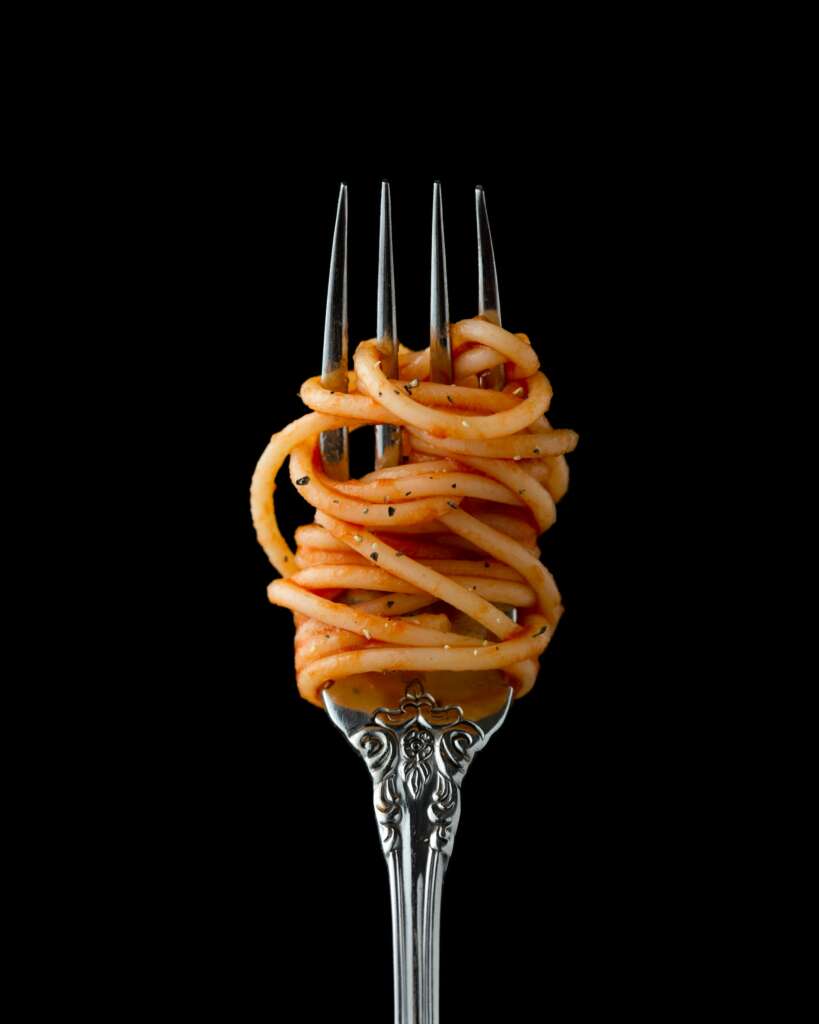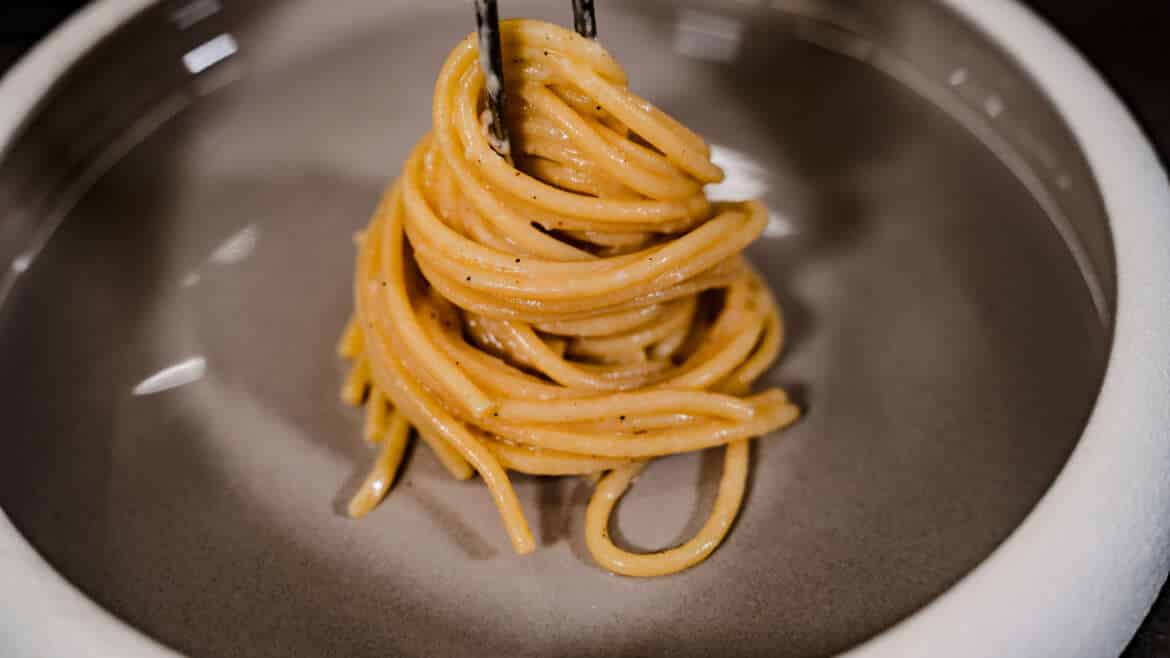Spaghetti is one of the oldest pasta formats, but despite this, it has overcome centuries without ever going out of fashion. They are still one of the most loved and eaten pastas by Italians but also the most popular abroad: in short, they are an icon of Italian cuisine in the world!
Their name comes from their characteristic elongated shape, reminiscent of that of long spaghetti. This very shape makes spaghetti the perfect format for some traditional sauces. We have chosen three Italian spaghetti dishes that we think are particularly characteristic and delicious!
3 classic Italian spaghetti dishes
Spaghetti al pomodoro
The tomato arrived in Europe, as we all know, after the discovery of the Americas. We are in the 16th century but, initially, it was regarded as a suspicious and dangerous fruit: it was not particularly appreciated and it was many years before we read the first official recipe for a tomato sauce. We are in 1692 and Antonio Latini, cook to the Viceroy of the Kingdom of Naples, proposes a sauce made with chopped tomatoes, chopped onion, chili pepper, thyme, salt and oil.
The encounter with pasta, however, dates back to 1837, when Ippolito Cavalcanti wrote the recipe for “Vermicelli co le pommadore“, written entirely in Neapolitan. Tomatoes, garlic and oil are used, just as we would do today.
That would be the first act of a pasta dish that would become one of the most popular ever.
Want to discover our version of tomato pasta? Our first official Recipe Book is coming!
Spaghetti aglio, olio e peperoncino
The origin of spaghetti aglio, olio e peperoncino dates back several centuries. We are most likely located in Campania, where olive oil and chili pepper have always been two widely used ingredients in popular cuisine.
Not surprisingly, a popular variant is “vermicelli alla borbonica”, which calls for the addition of a generous dose of parsley. Another version, on the other hand, is known as “spaghetti alle vongole fujute” which in Neapolitan means “fled” In Bourbon times, only the nobility could in fact afford the precious seafood, while the people would sauté pebbles found on the beach in garlic, oil and chili pepper: the pebbles gave a seafood flavor to the dish and then were removed before eating the pasta.
Today, spaghetti aglio, olio e peperoncino is the perfect dish for an improvised dinner or a midnight spaghetti party! However, despite the few ingredients, they are by no means simple to prepare.
Spaghetti allo scoglio
Spaghetti allo Scoglio is one of the great classics of Italian seafood cuisine and, although today it is considered a very rich dish, it originated as a popular dish.
Their origin seems to be located in Sicily, although there are other regions that claim authorship of the dish, particularly Campania.
When there was really nothing left to eat, fishermen would go in search of the most hidden pieces of rockfish and put them in a pot with oil, garlic and, if available, a handful of fresh cherry tomatoes. While cooking, the stone would release the flavor of the sea and maybe even some small shellfish that had stuck to the rock.
This is probably one of the classic Italian spaghetti dishes that best represents the typically Italian ingenuity of those who were forced to make do with little.
Want to discover our version of Spaghetti allo Scoglio? Our first official Recipe Book is coming!
Why should one not use a spoon to eat spaghetti?

Any Italian literally gets creeps out seeing someone eating spaghetti with a spoon. Unfortunately, it is not uncommon, for foreigners in particular, to help themselves with a spoon to form perfect bites.
In fact, the roll should be made exclusively with a fork: hold the fork at an angle, fork 2-3 noodles, and then start rolling clockwise. Roll until you have a perfect bundle to bring to your mouth, with no dangling strands!
It’s not as hard as it sounds: Italian children learn it as soon as they are able to hold the fork in their hands!
And you will see that it will be much more satisfying.
Our most loved Italian spaghetti dishes
Which of these three traditional Italian spaghetti recipes do you prefer?
Have you ever tried them?
Leave a comment!

